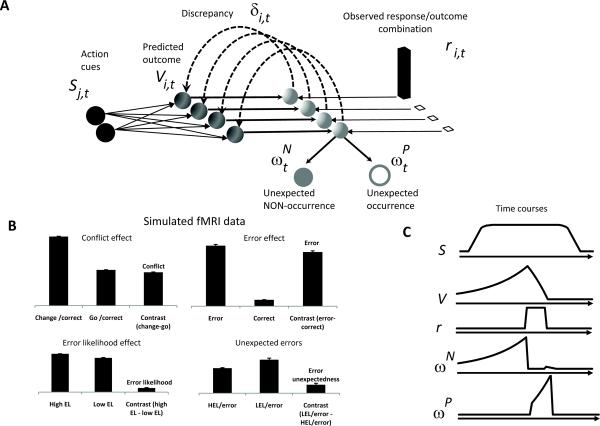Figure 1. (A) The Predicted Response Outcome (PRO) model.
In an idealized experiment, a task-related stimulus (S) signaling the onset of a trial is presented. Over the course of a task, the model learns a timed prediction (V) of possible responses and outcomes (r). The temporal difference learning signal (δ) is decomposed into its positive and negative components (ωP and ωN, respectively), indicating unpredicted occurrences and unpredicted non-occurrences, respectively. (B) ωN accounts for typical effects observed in mPFC from human imaging studies. Conflict and error likelihood panels show activity magnitude aligned on trial onset; error and error unexpectedness panels show activity magnitude aligned on feedback. Model activity is in arbitrary units. EL is error likelihood (HEL=High EL; LEL=Low EL). Error bars indicate standard error of the mean (C) Typical time courses for components of the PRO model.

